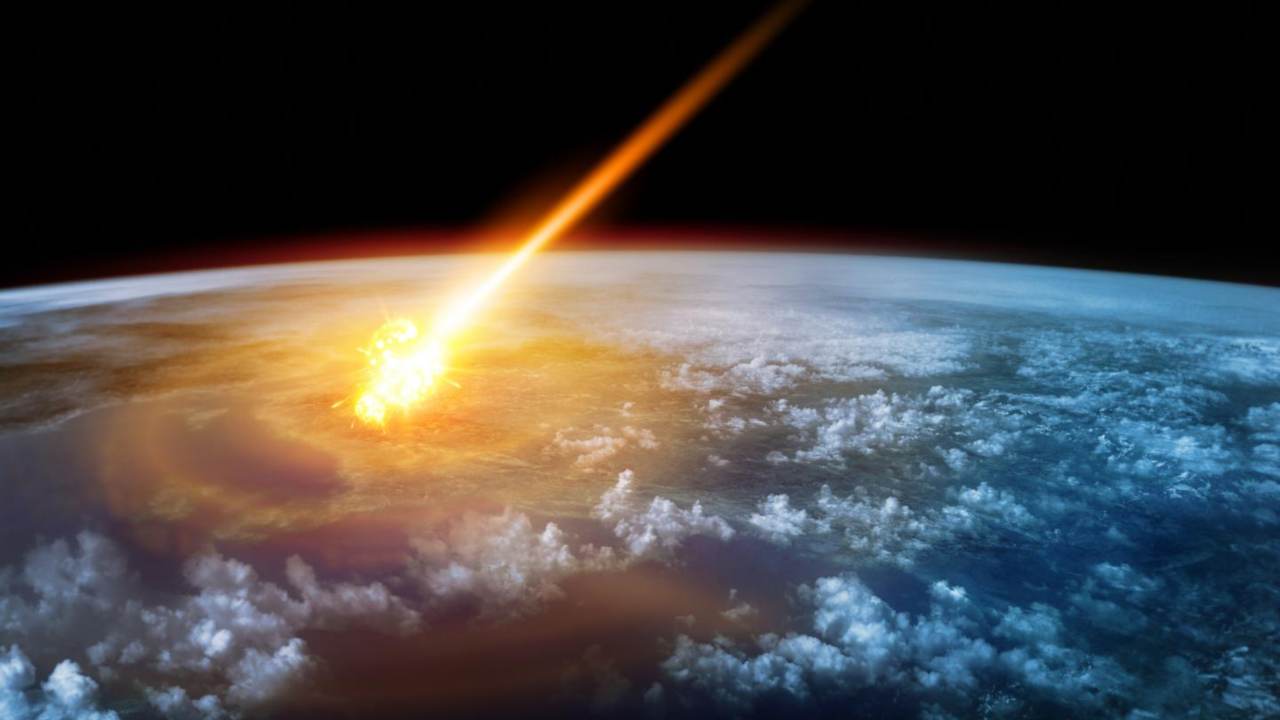A meteor exploded into a massive fireball over Earth in December last year, but it wasn’t noticed by anyone till recently. The blast was the second-largest of its kind in a century, and the biggest since the fireball over Chelyabinsk in Russia in 2013, New Scientist reported. It went unnoticed largely because of where it blew up: over open seas off the coast of the Kamchatka Peninsula in Russia. The explosion was ten times as powerful as the Hiroshima atomic bomb, hitting Earth’s atmosphere at 5.20 am IST (11.50 pm GMT) on 19 December over the stretch of Pacific Ocean between Russia and Alaska.
“A fireball this big is only expected about two or three times every 100 years,” Lindley Johnson, planetary defense officer at NASA,
told BBC. The space rock barrelled through the atmosphere at speeds of 32 km/s, exploding around 25 kilometres above the Earth’s surface with a little less than half the energy of the Chelyabinsk meteor explosion six years ago. “But (this explosion) was over the Bering Sea, so it didn’t have the same type of effect or show up in the news,” Kelly Fast, manager of the near-Earth objects observations programme at NASA, said. “That’s another thing we have in our defense, there’s plenty of water on the planet.” Military surveillance satellites picked up on the blast as it happened, and NASA was notified of the event by the US Air Force. Dr Johnson said that the fireball entered the atmosphere over an area close to routes used by commercial planes from North America to Asia and back. Researchers have been verifying with airlines to see if there were any reported sightings of the event from passengers or the pilots. [caption id=“attachment_6036401” align=“alignnone” width=“1280”] Representational image. Image courtesy: NASA[/caption] The recent incident has uncovered a loophole that NASA is attempting to fix: large-enough space rocks on a collision course with Earth that can affect entire regions on land. This fix is an ongoing project using a combination of ground and space-based telescopes. In a test of the concept, a telescope called NeoCam will be launched to a gravitational balance point in space. It would then discover and characterise potentially hazardous asteroids larger than 140 m in its field of view. To get a comprehensive map of all potential threats to Earth, researchers have estimated a couple of more decades through NeoCam and other projects. “It will take us many decades to get there with the existing suite of ground-based surveys. But if you have an IR-based (infrared) telescope, it goes a lot faster,” Amy Mainzer, chief scientist on the NeoCam project, said_._


)
)
)
)
)
)
)
)
)



